Description
Peppermint (Mentha x piperita) is a hybrid plant that is a cross between watermint and spearmint. It is a perennial herb that belongs to the mint family, Lamiaceae, and is widely grown for its aromatic leaves, which are used for culinary, medicinal, and cosmetic purposes.
Peppermint is known for its cooling and refreshing flavor and is commonly used in teas, candies, and other confections. It is also used in aromatherapy and as a natural remedy for digestive issues, headaches, and other ailments.
How to Grow Mint “Peppermint”
Growing peppermint from seeds is a relatively easy process, and it can be done by following these steps:
- Prepare the soil: Peppermint prefers well-draining, fertile soil. Prepare the soil by mixing compost or well-rotted manure into the soil to improve its fertility.
- Sow the seeds: Sow the peppermint seeds in early spring, as soon as the soil can be worked. Sow the seeds 1/8 inch deep in the soil, and space them about 18 to 24 inches apart. Water the soil gently to keep it moist but not soggy.
- Provide warmth and light: Peppermint seeds need warmth and light to germinate, so place the seed tray or pot in a warm, bright location, such as a sunny windowsill. Keep the soil moist but not waterlogged.
- Transplant seedlings: Once the seedlings have grown to about 2 inches tall, transplant them to their final growing location in the garden or in individual pots. Choose a location with full sun to partial shade, and keep the soil moist.
- Care for the plants: Water the plants regularly to keep the soil evenly moist. Peppermint plants benefit from regular fertilization with a balanced fertilizer.
- Harvest the leaves: Peppermint leaves can be harvested once the plants have become well-established. Pick the leaves regularly to promote new growth and prevent the plants from becoming woody.
Peppermint plants are hardy and easy to grow, and they can be invasive if not contained, so consider planting them in a pot or container to control their growth.
FAQ for Mint “Peppermint”:
What is peppermint, and what are its health benefits?
Peppermint is a perennial herb that is a hybrid of spearmint and watermint. It is widely known for its fresh, minty aroma and flavor, and is used in a variety of applications, including cooking, herbal medicine, and aromatherapy. Peppermint has several potential health benefits, such as reducing digestive discomfort, alleviating headaches, and providing relief from seasonal allergies.
What are the key growing conditions for peppermint?
Peppermint grows best in full sun to partial shade and well-draining, fertile soil. It requires regular watering and fertilization, and benefits from being grown in a container to control its invasive growth habits.
How is peppermint used in cooking and baking?
Peppermint leaves and extracts are commonly used in desserts and baked goods, such as cookies, brownies, and cakes. It is also used in beverages, such as tea, hot chocolate, and cocktails, and as a flavoring for candies and gum.
What are the different types of peppermint?
There are several different varieties of peppermint, including the American peppermint, the English peppermint, and the Mitcham peppermint. Each variety has its own distinct flavor profile and aroma, and can be used for different culinary and medicinal purposes. This variety is American peppermint.
What are the potential side effects of consuming peppermint?
Peppermint is generally considered safe when consumed in moderation. However, excessive consumption of peppermint may cause adverse effects such as heartburn, allergic reactions, and interference with certain medications.
How is peppermint oil extracted, and what are its uses?
Peppermint oil is extracted through steam distillation of the plant’s leaves and flowering tops. It is commonly used in aromatherapy to promote relaxation and reduce stress, as well as in cosmetic and personal care products, such as soaps, shampoos, and toothpaste.
What are the potential health benefits of peppermint oil?
Peppermint oil has several potential health benefits, such as reducing muscle and joint pain, improving digestion, and providing relief from headaches and migraines.
What are some common uses for peppermint tea?
Peppermint tea is a popular beverage that is consumed for its refreshing flavor and potential health benefits. It can be enjoyed hot or cold, and is commonly used to soothe digestive discomfort, promote relaxation, and provide relief from headaches and other types of pain.
How can peppermint be used in herbal medicine?
Peppermint is used in herbal medicine to treat a variety of conditions, such as irritable bowel syndrome, cold and flu symptoms, and headaches. It can be consumed in the form of tea, capsules, or tinctures.
What are some potential alternatives to using peppermint?
If you are allergic to or prefer not to use peppermint, there are several potential alternatives that can be used in cooking, baking, and herbal medicine. Some potential alternatives include spearmint, wintergreen, and lemon balm.

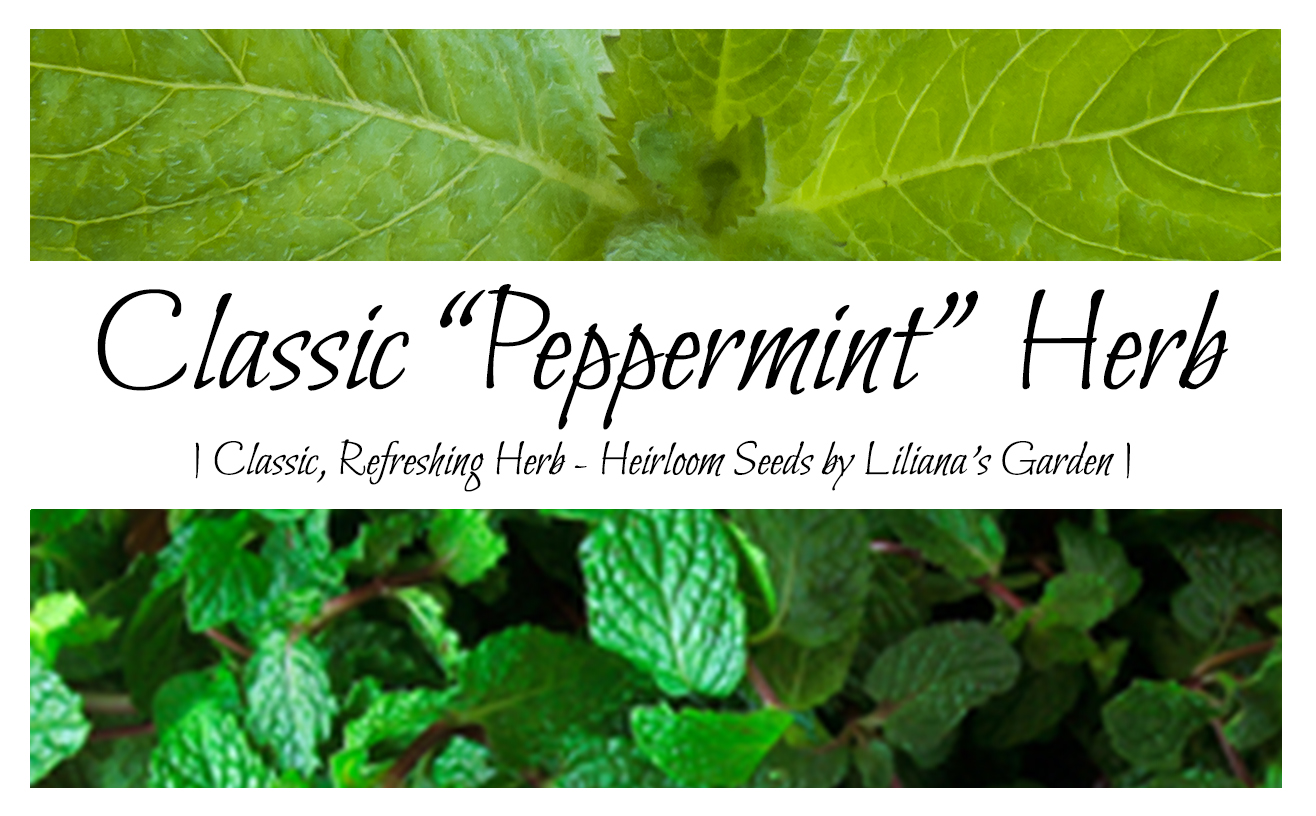
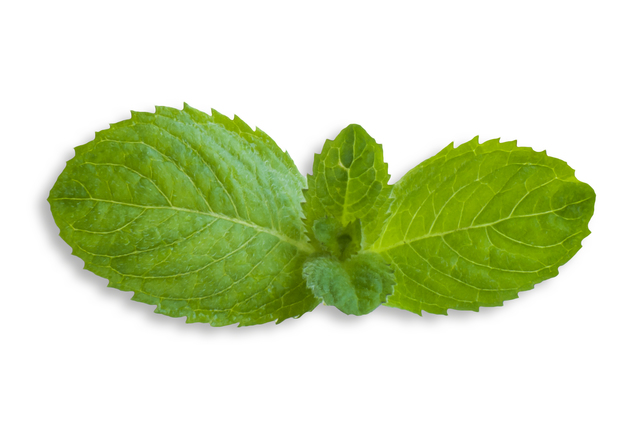
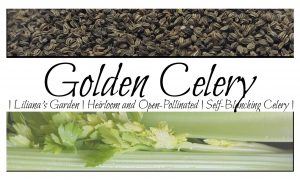
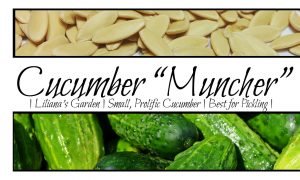
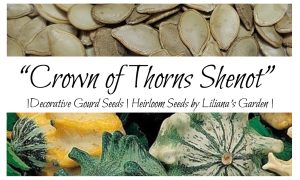
Reviews
There are no reviews yet.